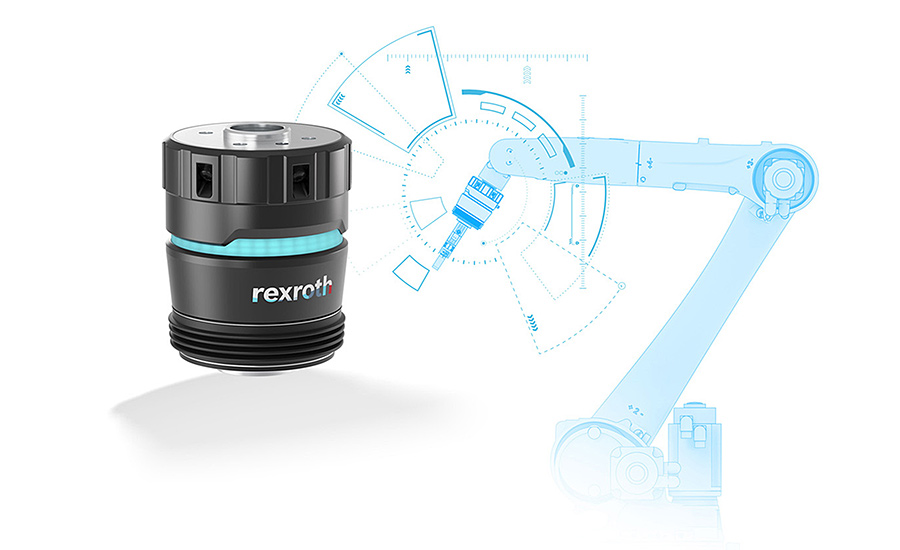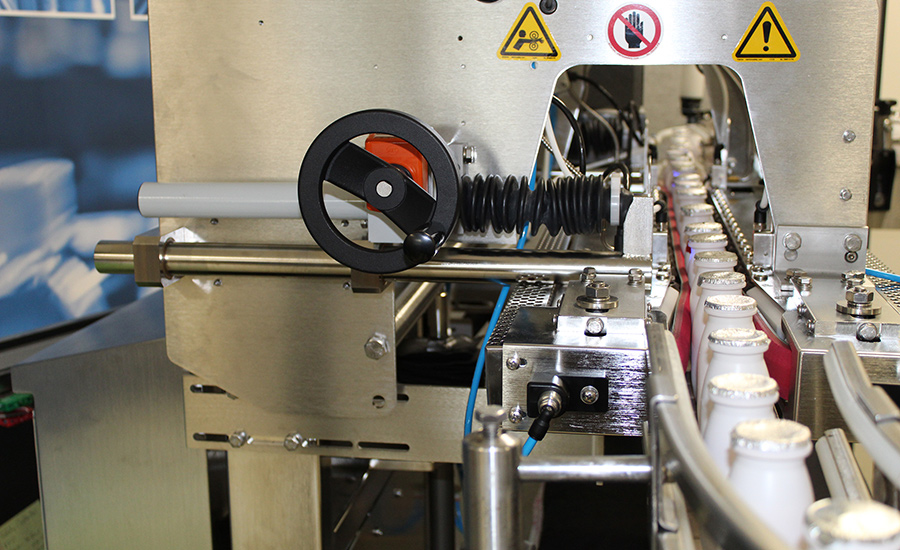From ensuring that recycled release liner rolls contain no defects to detecting leaks in flexible containers, inspection and detection technology is critical to the efficient production of high-quality packaging.
Here is a look at some of the cutting-edge inspection and detection systems currently on the market.
ISRA VISION’s Optical Inspection Systems
Silicone release paper and films are used in electronics manufacturing, the automotive industry, and numerous other sectors. Despite their widespread use, silicone release papers were never reused, which resulted in a great deal of waste detrimental to the environment.
But with the contributions of Techlan, a Wales-based provider of high-quality silicone release liners, reusability of this material has been achieved.
Working closely with its customer, GTS Flexible Materials, a world-leading manufacturer of flexible composite laminate, Techlan developed its Re-Liner, a silicone release material that is 100% recycled and that can be reused up to 10 times in a circular system.
The quality of the product is ensured by the SMASH system from ISRA VISION, a leading provider of technologies for industrial image processing. The SMASH system allows Techlan to identify even minimal contamination and damage on the release papers, which helps lower costs and conserve resources.
Brought to market maturity during a research and development period spanning over four years, Techlan’s patented method involves a number of key components.
After using the release liners for the first time, GTS rewinds the waste rolls after use. Techlan collects the rolls and transports them back to their recycling center in Swansea. Techlan then cleans the waste liner on both sides using their patented process. Quality checks are carried out, and then they are converted to size before being returned to GTS for reuse once again.
To guarantee the best possible quality and ensure that only immaculate release liners reach the customer, Techlan places its trust in automatic surface inspection with the SMASH system from ISRA VISION. These powerful inline inspection solutions check the prepared materials for contamination with resin and other process materials, thereby providing feedback on the effectiveness of the cleaning processes.
As a result, the parameters can be adjusted quickly and efficiently in order to achieve consistently high production quality, as well as maximum productivity and production speeds. The optical inspection systems with the high-resolution embedded technology from ISRA VISION also identify defects of different sizes – including even the smallest cut marks that are invisible or difficult to see with the naked eye – reliably and at an early stage.
SMASH Vision systems thereby ensure that defective material is not reused. Their fully automatic, 100% inspection allows the production speed of the system to be raised beyond the previous parameters, while monitoring quality at the same time. As a central quality assurance system, the SMASH inspection system from ISRA VISION has enabled Techlan to develop and expand its innovative cleaning procedure and has increased the company’s production output by more than 130%.
“The ISRA system has enabled Techlan to develop its innovative recycling process from an initial development stage into a commercially viable, rapidly expanding manufacturing business which produces a high-quality recycled product, without compromising on quality,” said Mark Thompson, Managing Director, Techlan. “The manufacturer support during installation, integration and training has been exceptional.”
Learn more about ISRA VISION.
Bosch Rexroth’s Smart Flex Effector
Bosch Rexroth, one of the world’s leading suppliers of drive and control technologies, has announced the release of the Smart Flex Effector, a new, sensor-based compensation module that gives robots and Cartesian linear systems human-like sensitivity, giving way to new opportunities for factory automation.
Thanks to an innovative kinematics system that works independently in six degrees of freedom, processes that were once difficult to manage can now be automated with limited error and maximized efficiency.
Designed for handling loads of up to 6 kg, the Smart Flex Effector opens up a wide range of new functions which were difficult or impossible to implement with previous equipment. The applications range from process automation and quality monitoring to teaching and the controlled handling of objects.

Courtesy of Bosch Rexroth
The intelligent all-rounder
With the effector, position deviations of the tool are detected using high-resolution position sensors and translated into active correction movements of the manipulator. The intelligent sensor technology of the compensation element enables readjustment in real time. In addition, the measured values provide information about process quality and can be used for quality monitoring and logging.
The teaching process for the Smart Flex Effector is incredibly simple, as the robotic control system can read the exact coordinates for gripping and placing points directly, and it can also be taught manually by moving it into the correct position by hand. Thanks to its tactile sensitivity, the Smart Flex Effector is also able to complete processes with great complexity and tight tolerances, while also being able to properly handle fragile materials.
The Smart Flex Effector also allows for improved quality thanks to a transparent process that makes documentation of errors easier, as deviations are recognized immediately and either corrected or reported to the control system, leading to a reduction in follow-up work.
In addition to its other benefits, installation is extremely easy, as the Smart Flex Effector is simply screwed to the robot flange and the gripper, and the locking function and data transmission are available as soon as the unit is connected to the power supply and the control system.
Learn more about the Smart Flex Effector.
TapTone’s Advanced Leak Detection for Flexible Containers
The TapTone Dual Sensor Compression (DSC) system is designed to inspect a wide variety of flexible containers for micro leaks. The design incorporates the company’s patented dual sensor technology and high-speed compression belts for improved accuracy and container handling.
The system was designed for harsh environments. When combined with optional sensors, this system will also perform fill-level inspection, cap inspection and label detection.

Courtesy of Teledyne Taptone
Dual Sensor Compression Technology detects and rejects leaking and damaged flexible containers at production line speeds up to 1.52 m/sec (300 ft/min). The system is designed with dual parallel belts suspended over the customer’s existing conveying system. As the container passes through the system, the dual parallel belts apply force to the sidewall of the container. This action compresses the headspace of the container, which allows a comparative measurement to be taken at both the infeed and the discharge of the system. Comparing readings on the same container at the infeed and discharge of the system eliminates the effects of typical product and container variations.
This system can be configured with TDLC sensors for containers with foil or film seals.
A User Interface is required for operation of the DSC sensor. The DSC sensor is compatible with the PRO Series user interface.
TapTone technology was originally introduced by Benthos (now Teledyne Benthos), a company founded in 1962 to provide custom-designed oceanographic products to researchers.
Teledyne TapTone has developed and patented a range of inspection equipment for the food, beverage, chemical, health and beauty, pharmaceutical, and nutraceutical markets.

